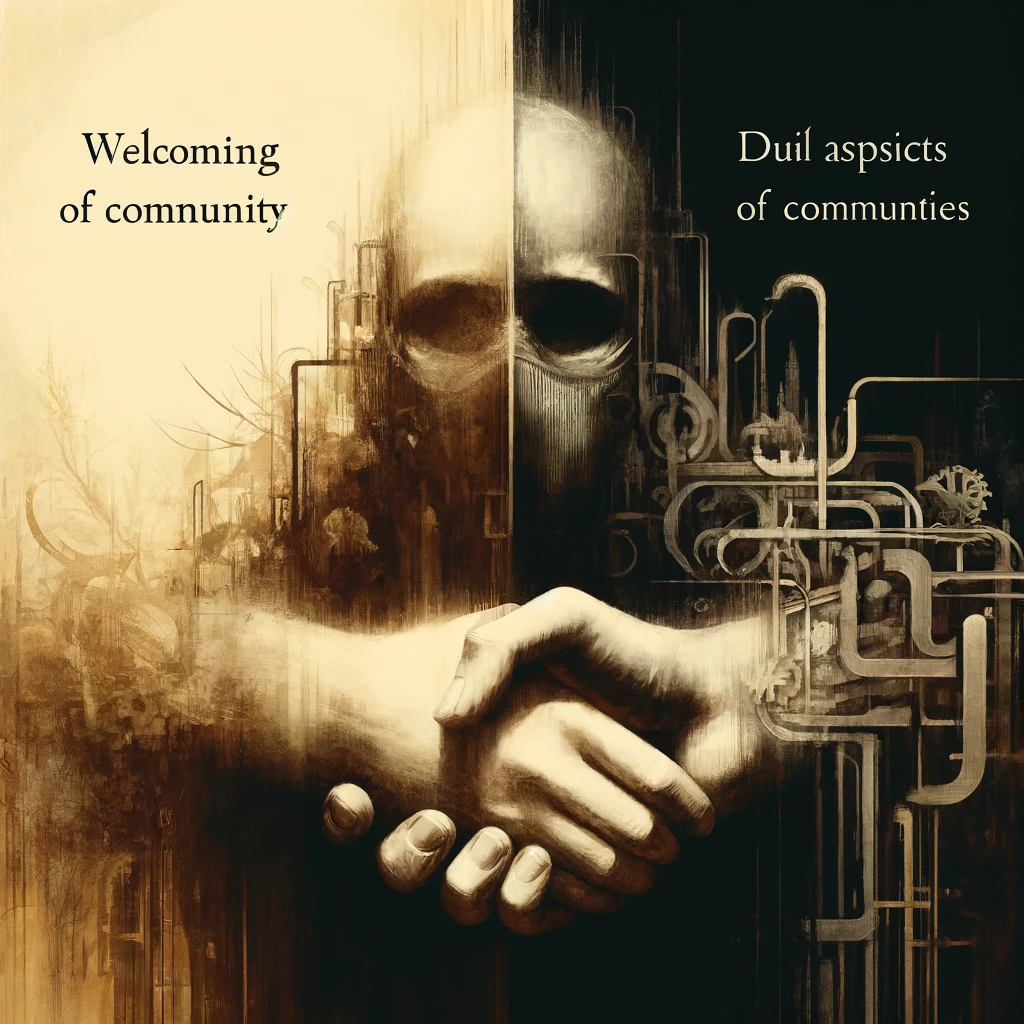Your cart is currently empty!

SEEING AND HEARING ARE CRITICAL BUT NOT NECESSARY!
Seeing and hearing are only two senses
“Do you see what I see? Do you hear what I hear?” These are lyrics from a holiday song and powerful words. They evoke humanism, inclusion, and other concepts. Seeing is different than merely recognizing what is in front of us. Hearing differs from the act of listening to what is around us. Seeing and hearing are only two senses and are not critical to our well-being. People distinguish sights and sound unique, even though they are the same.
Some people are blind, some are deaf, and many are both. People use their other senses to compensate when another is out of sync. A 1989 movie starring Richard Pryor and Gene Wilder, “See No Evil, Hear No Evil,” loosely based on this concept. Often people use their sense of smell to test if something is burning or use their tongue to taste the food to check if it needs more spices.
Individuals with visual and/or who deal with auditory problems are strangers to comorbid mental health issues. Anxiety, depression, and low self-esteem are only three mental health concerns that can develop over time. Therapy is the same, with few modifications.
A blind person does not see outwardly but dreams more often by intensely using sounds, smells, and touching or feeling sensations. Colors are more vibrant in a blind person’s dream, but researchers continue with the debate. Therapy for deaf persons primarily uses sign language to communicate. In contrast, deaf people experience similar situations as the blind, but dreams rely more on sight and other senses.
Again, this begs the question: Do you see what I see? Do you hear what I hear? Most experts probably think not, but in a slightly different way. In addition, it is distinctive for each individual. A typical quote written by Mark Twain, “Kindness is a language which the deaf can hear and the blind can see,” talks about the subject.
Thomas Fuller, a 17th Century Clergyman, was quoted as the initial person who stated, “Seeing is Believing, but Feeling is the Truth .”Conversely, as part of many of his speeches, American Motivational Speaker of the 20th Century Dr.Denis Waitley stated, “Believing is Seeing.” Most writers agree that neither statement is true or even close to being accurate. Furthermore, these quotes have little to do with seeing and more toward faith.
Heralded the “The Shot Heard Round the World,” during the night of April 18, 1775, hundreds of British soldiers headed to Concord, Mass, to seize all of the Colonists’ weapons. By the following day, they reached Lexington, and 70 men were waiting. Suddenly a shot went off, which unofficially began the Revolution War. This event was immortalized in 1837 by Ralph Waldo Emerson in his poem titled “Concord Hymn.” Its first stanza ends with these words, “Here once the embattled farmers stood, And fired the shot heard the world.”
In addition to the Revolutionary War, other examples used the phrase “The Shot Heard Round the World.” These two events became closely associated with those terms. First, in 1914, the Assassination of Austria’s Archduke Franz Ferdinand provided the impetus for the beginning of World War I. A second happened in a baseball game in 1951, where a playoff game-winning three-run homer by New York Giants’ Bobby Thompson beat their archrival Brooklyn Dodgers. Thanks to “The Shot Heard Round the World,” the Giants won the pennant and headed to the World Series.
Again the phrase has nothing to do with someone’s actual hearing but a poem and two accounts of what transpired. There is nothing inherently wrong with this, as it does make these events more exciting and maybe even more significant in future history books. Who am I to say? Hey, I am just the writer. Only time will tell, and we can not predict the future.
People will continue to see and hear what they want.
Howard Diamond, cPS
Interpretation is always at work despite the apparent reality of life. Individuals with hearing impairments nevertheless process the rhythm of life. Did someone out there utter ‘selective hearing?’ A false concept. Faking is not an option in these situations.
Choose to see and or hear all individuals as people! As Barbra Streisand began singing almost sixty years ago, “People Who Need People.” Who agrees with me?
Let me know with comments.





Leave a Reply